In 1976, I was playing catch with my friend on the front lawn of his house. In the distance we heard a howling roar wailing up our street. As the black streak came racing towards us, the screaming terror came to a halt. It was the first time I had seen a Ferrari Daytona in person. The driver was the older brother of a mutual friend of ours. He’d graduated college and we’d learned he was working for an advertising agency. “Whaddaya think boys? V12, 5-speed, Borganni wired wheels. Pretty neat huh?” I didn’t have the heart to correct his Italian but we both nodded in approval. He sped away with a big grin on his face, winding up first gear up, taking second, and disappearing into the neighborhood. I looked over at my friend and nodded affirmatively, “Advertising dude…Ad-ver-tising.”
The Ferrari 365 GTB/4 arrived at the 1968 Paris Auto Salon, exciting automotive press and enthusiasts alike. The times were changing for Ferrari. It was time for the company to demonstrate they could not only produce a top performing sports car, it could be very much an advanced and forward-thinking design. The striking body design coupled with high performance claims signaled that Ferrari was assuming a leadership position by building a fresh and contemporary sports car to enter the coming decade. To accomplish this, Ferrari went to their partners in coachbuilding, Pininfarina. Their long-standing relationship had literally built both companies into leaders in the sports car world. And, with technology moving at increasing speeds, the latest in complex wind tunnel analysis, computer modeling, and increasing high speeds achieved by road cars, meant that neither company could simply rest on the sculpted beauty of their former cars. The newest offerings had to combine the latest in technical understanding and exquisite design.
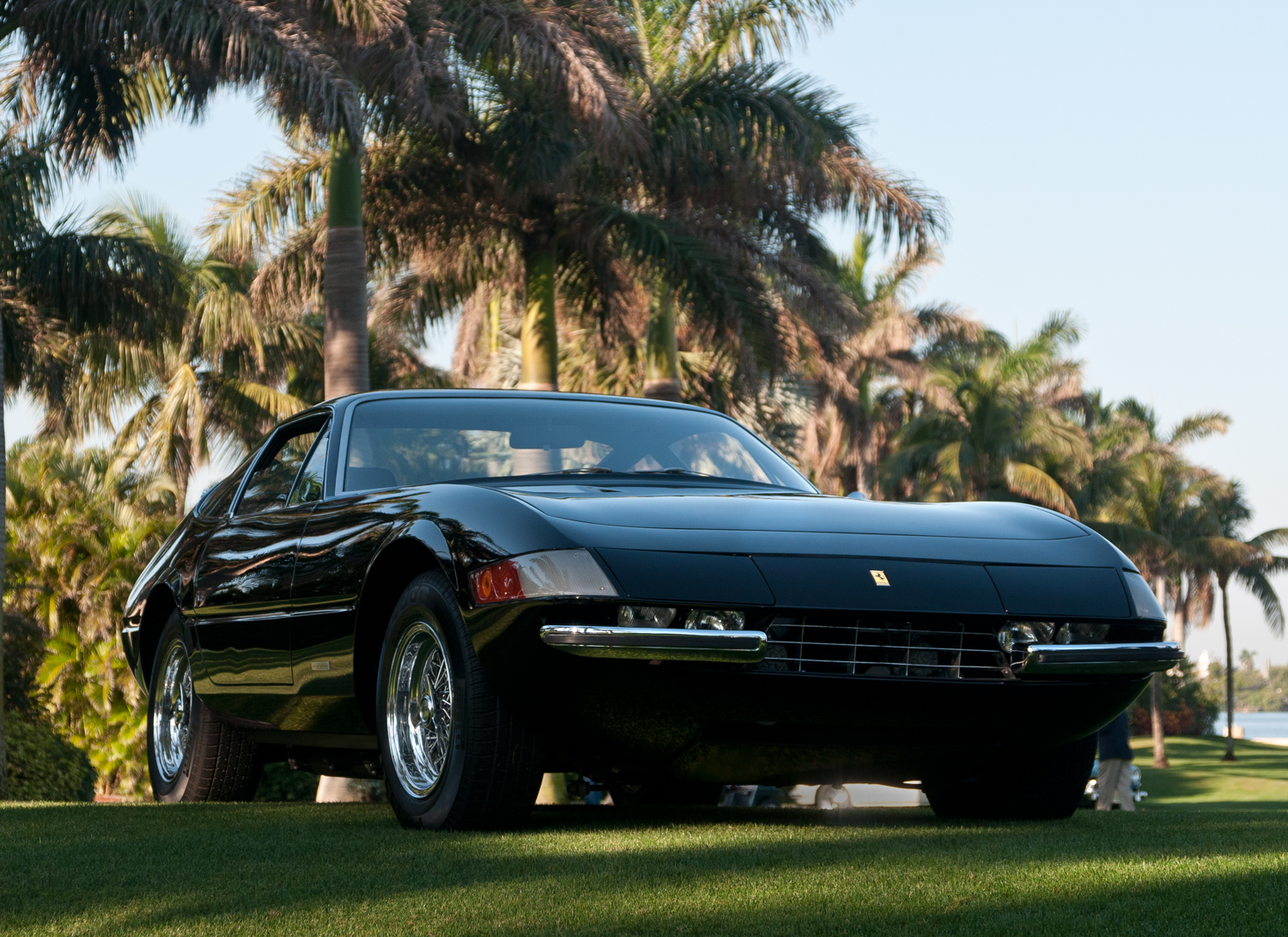
Luckily, the brilliant Leonardo Fioravanti of Pininfarina was in place to create a chiseled body design with crisp defining features and sweeping elegance, placing Ferrari substantially ahead of other sports car manufacturers with their visually arresting design. The project took perfect advantage of Fioravanti’s technical skills, having been schooled in aerodynamics as a mechanical engineer and car designer. A separate treatise on great car designs would have an entire chapter devoted to the work of Fioravanti including the Dino 206 and 246, the 308, the 288 GTO, Testarossa, and the F40 just to name a few.
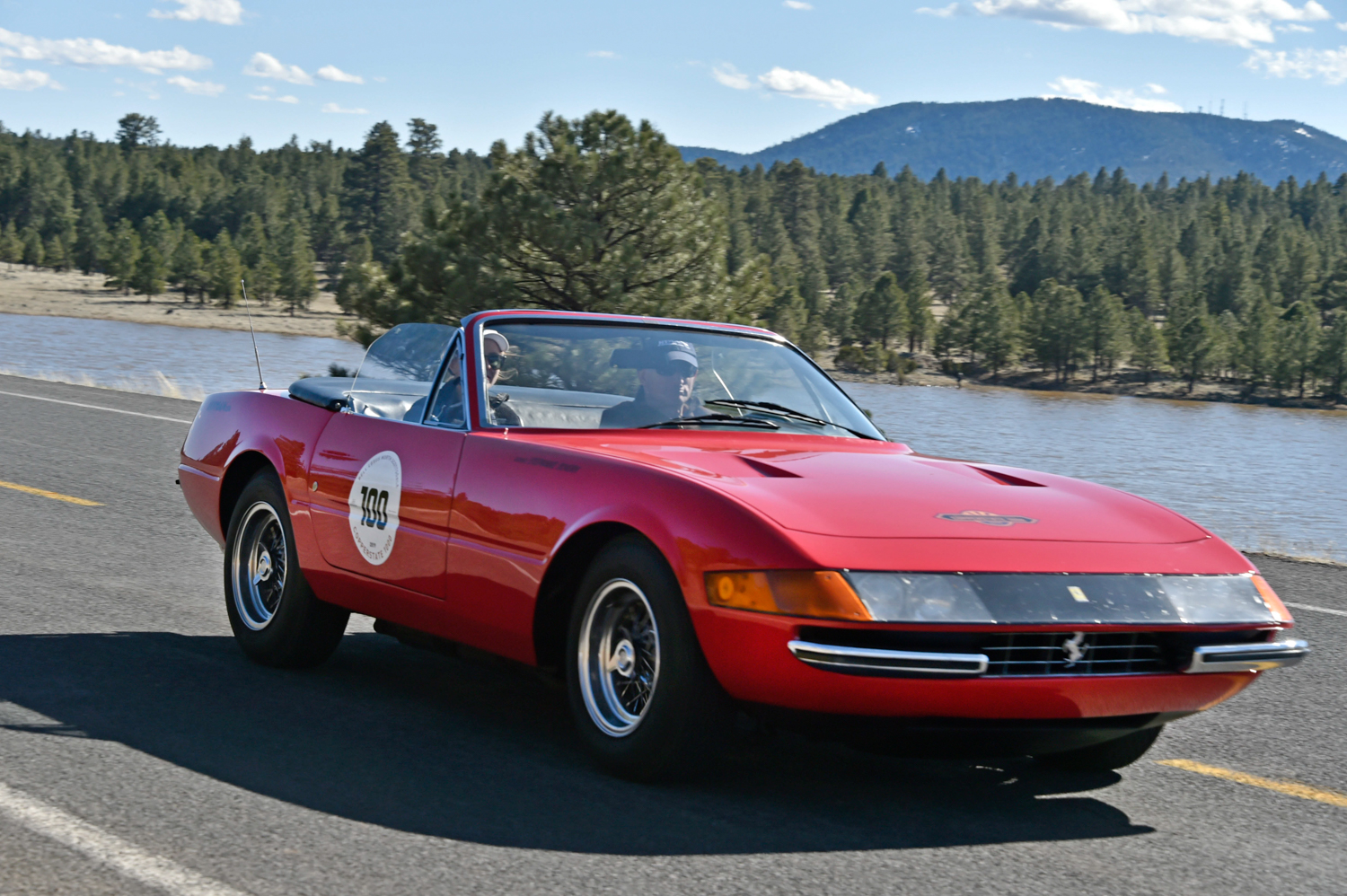
Fioravanti and Ferrari were not only well aware that the new 365 GTB/4 needed to be a stunning departure to replace the aging 275 GTB/4, it needed to fend off upstart Lamborghini, who had already thrown down the mid-engine gauntlet in 1965 with the release of their mid-engine P400, later to become the Miura. It was a difficult decision, but Ferrari simply could not complete a mid-engine car in time to replace the aging 275. Although the Berlinetta Boxer was already on the boards, it was a complex undertaking. Even though Ferrari had been racing mid-engine cars for years, he’d relinquished the road car platform to the Dino, Enzo himself having dismissed the idea that his road cars would ever be anything but front-engine V12 powered. Of course, Enzo’s stubbornness would diminish within a few short years as Ferrari struggled over the mid-engine BB losing U.S. sales when emissions regulations demanded more – the Daytona however, was perfectly positioned to fill the gap. Though thematically dated by modern sports car standards, it was still quite capable with jaw-dropping top speeds, great acceleration, and delightful road manners. Although no one could have imagined it at the time, the fresh design departure offered brought another surprise, it would be among the last of the front-engine V12 powered Ferraris; a platform that would remain dormant until revived in the 1990s.
Beautifully appointed and prohibitively expensive when new, the “Daytona”, as it ultimately became known—(though not specifically named by Ferrari), in honor of the famed 1-2-3 1967 24 Hours of Daytona Ferrari finish—would become an iconic fixture of Hollywood movies and TV shows. Outfitted with the 4.4-liter Colombo, quad-cam V-12, and breathing through six dual-throat Weber carburetors, the Daytona delivered a whopping 352 hp in stock trim with a top speed just over 170 mph.
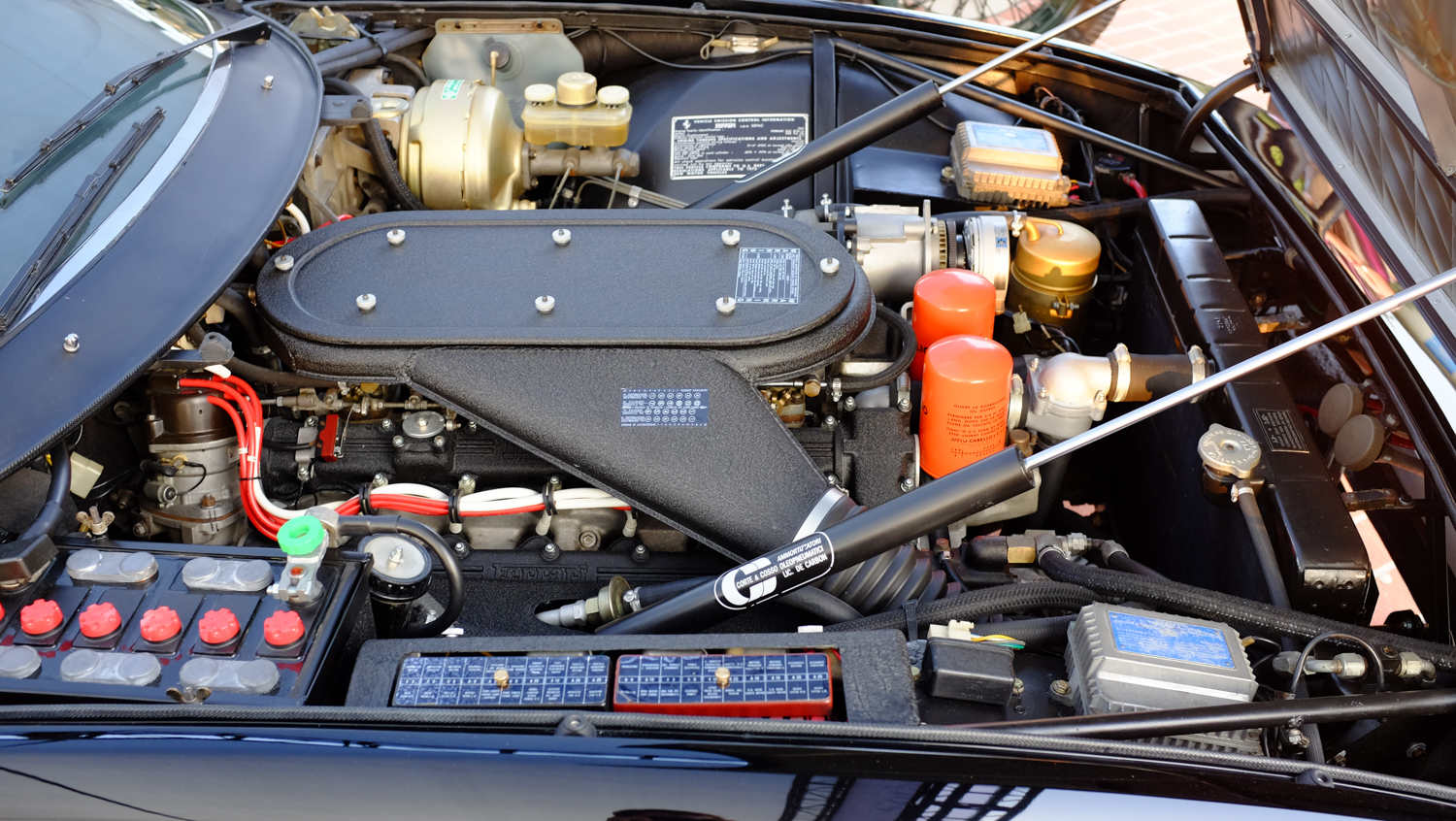
V12 motoring had never before been so advanced and exciting. With a mere 1,400 produced until 1973, the Daytona has become a stunning visual capture of the changing times for Ferrari and the rapidly advancing world of automotive design at the dawn of the 1970s.
https://www.youtube.com/watch?v=kTJIQ6VyPoM
Among the many signature features of the Daytona, the most captivating is the dramatically sloped front fender line as it drops toward the front of the car, concealing the headlights, and placing the grille underneath the bumper line. The low hood and disappearing headlights are such a departure from the former, rounded sports car lines of past Ferraris that it places the Daytona in an almost different class of car from the Miura.
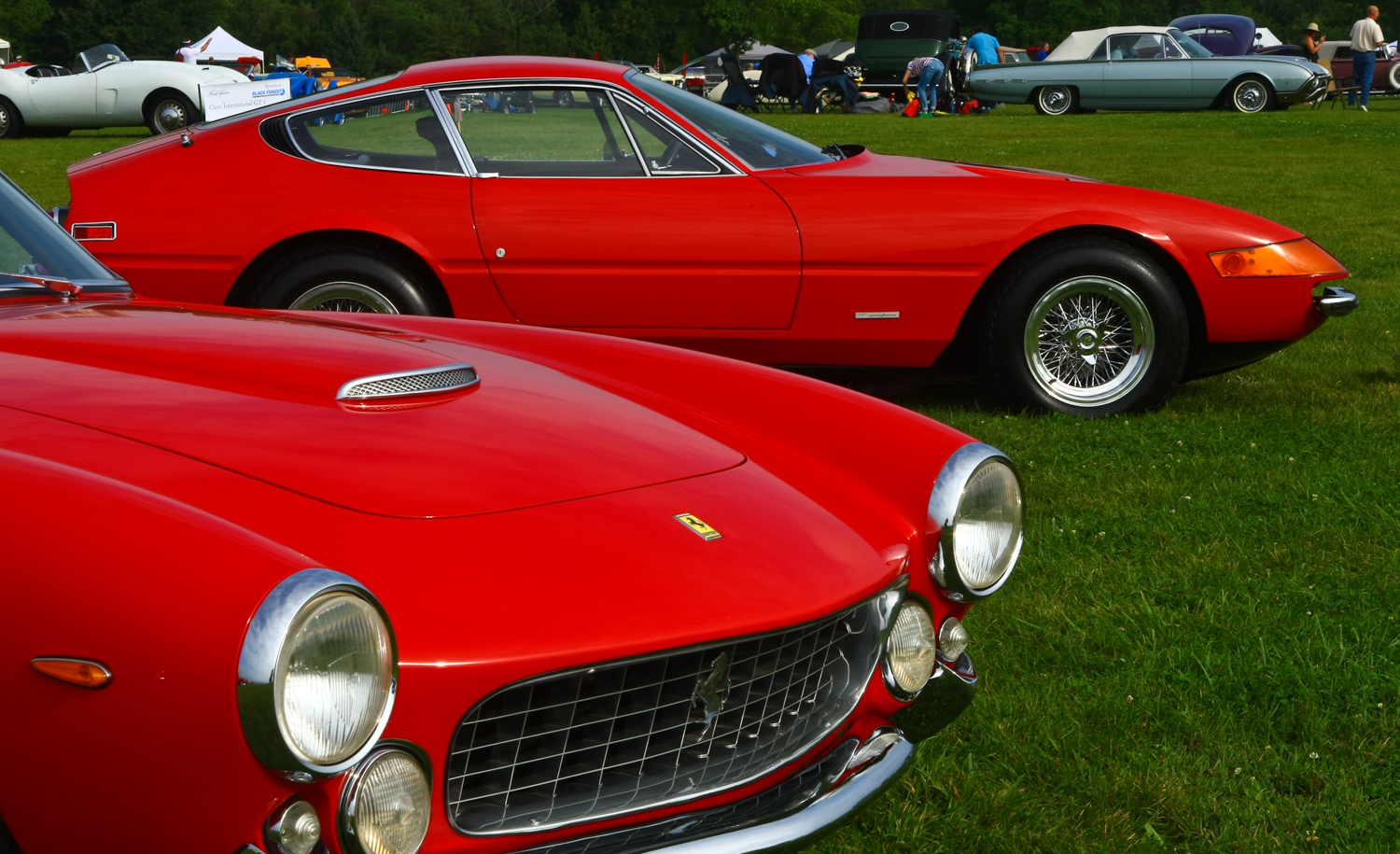
The smooth body side with a distinctive concave, mid-line crease and delicate wheel arches achieves a tuxedo effect while concealing the monster V12 engine. The beautifully swept roof line draws back into expansive rear glass and side quarter windows offering something difficult to achieve in a mid-engine road car; great rearward visibility. The Kamm-tailed rear end is executed with a forward leaning thrust preventing the car from appearing too truncated or cut off at the rear, like many other Kamm tail designs.
It also allows something very practical the Miura lacked entirely – a usable trunk and interior space to stow items behind the seats. All these years later, when looking at other cars from the early 1970s the Daytona ranks very highly among cars that have aged well. Not only has the styling remained relevant today, the basic proportions, lines, and general character have found their way into many other cars, highly influential in the design of the Datsun 240Z, Opel GT, Volkswagen SP2, and Mazda Rx-7, each of which crib different design elements from the Daytona while building their own character as unique cars.
Ultimately the timeless beauty of the Ferrari Daytona combined with brute force acceleration, yet exhibiting refined GT manners, would become the hallmark for future front-engine V12 Ferraris into the new century. It’s no coincidence that the Daytona wound up being the last of the more traditionally built Ferraris prior to the Fiat takeover and eventually the departure of Enzo Ferrari. The Daytona put the perfect finishing touch on a remarkable era of sports car manufacturing, continuing to inspire enthusiasts and collectors today with a classic and lasting design, perfectly packaged in a wonderfully conceived GT road car.


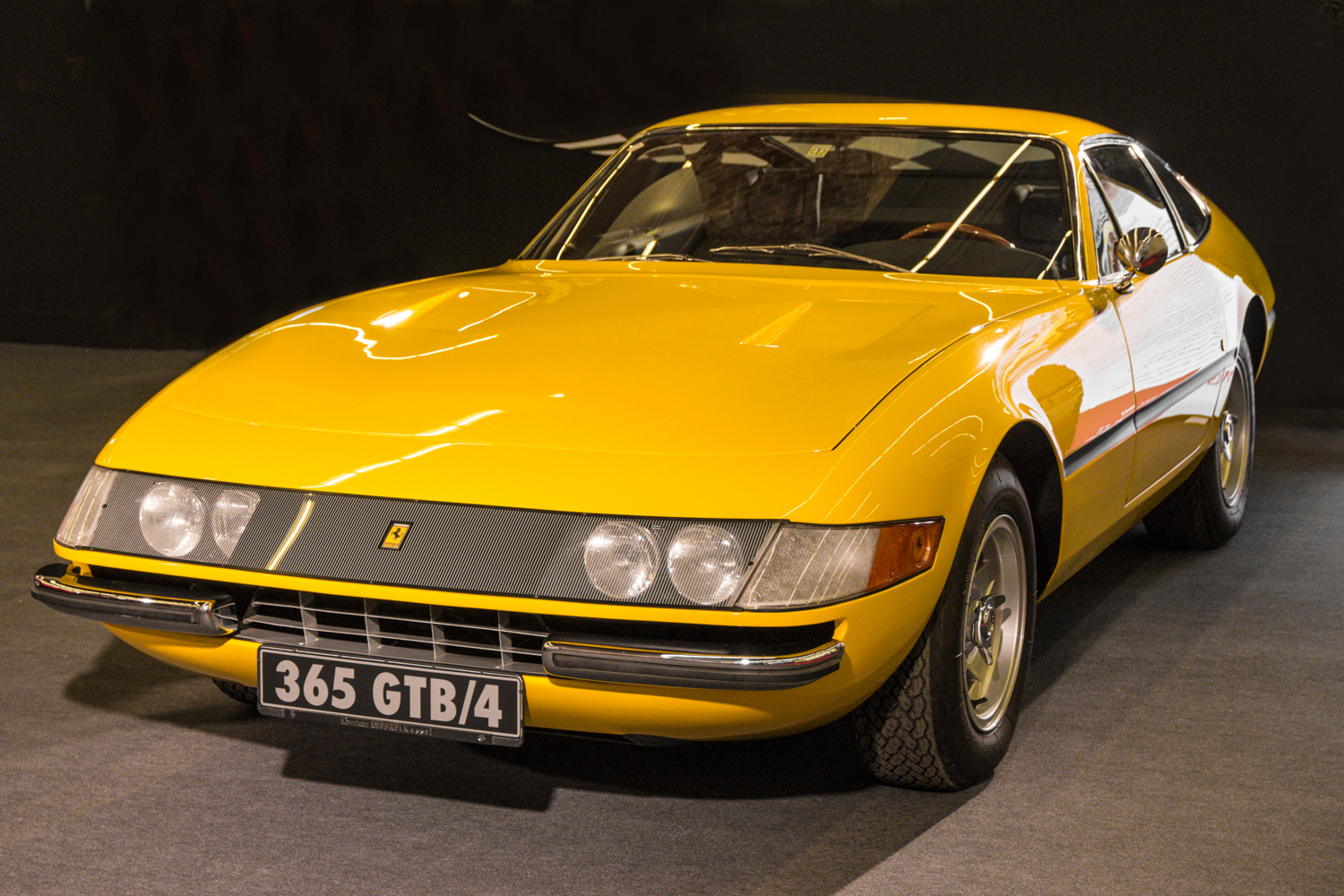

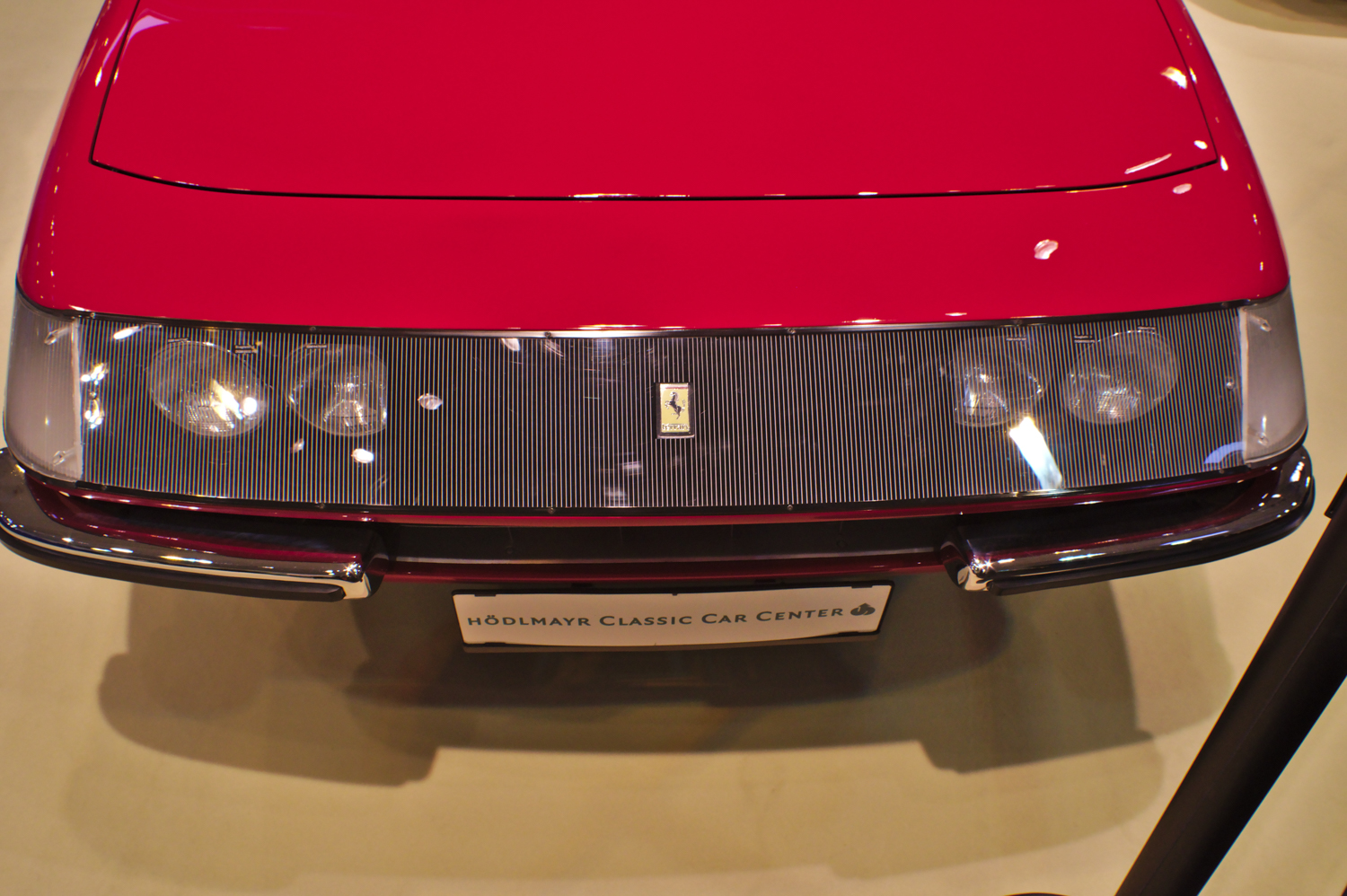
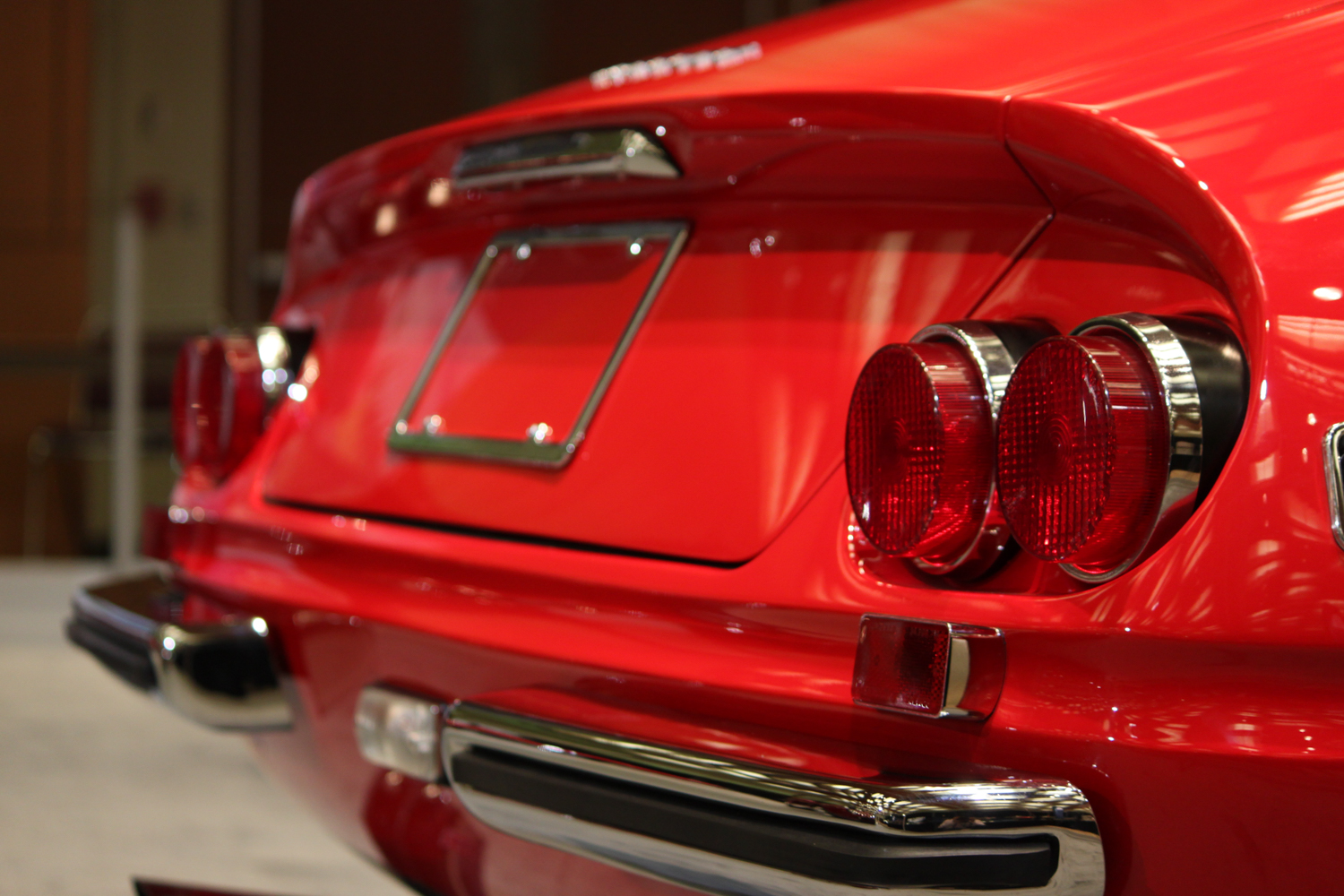
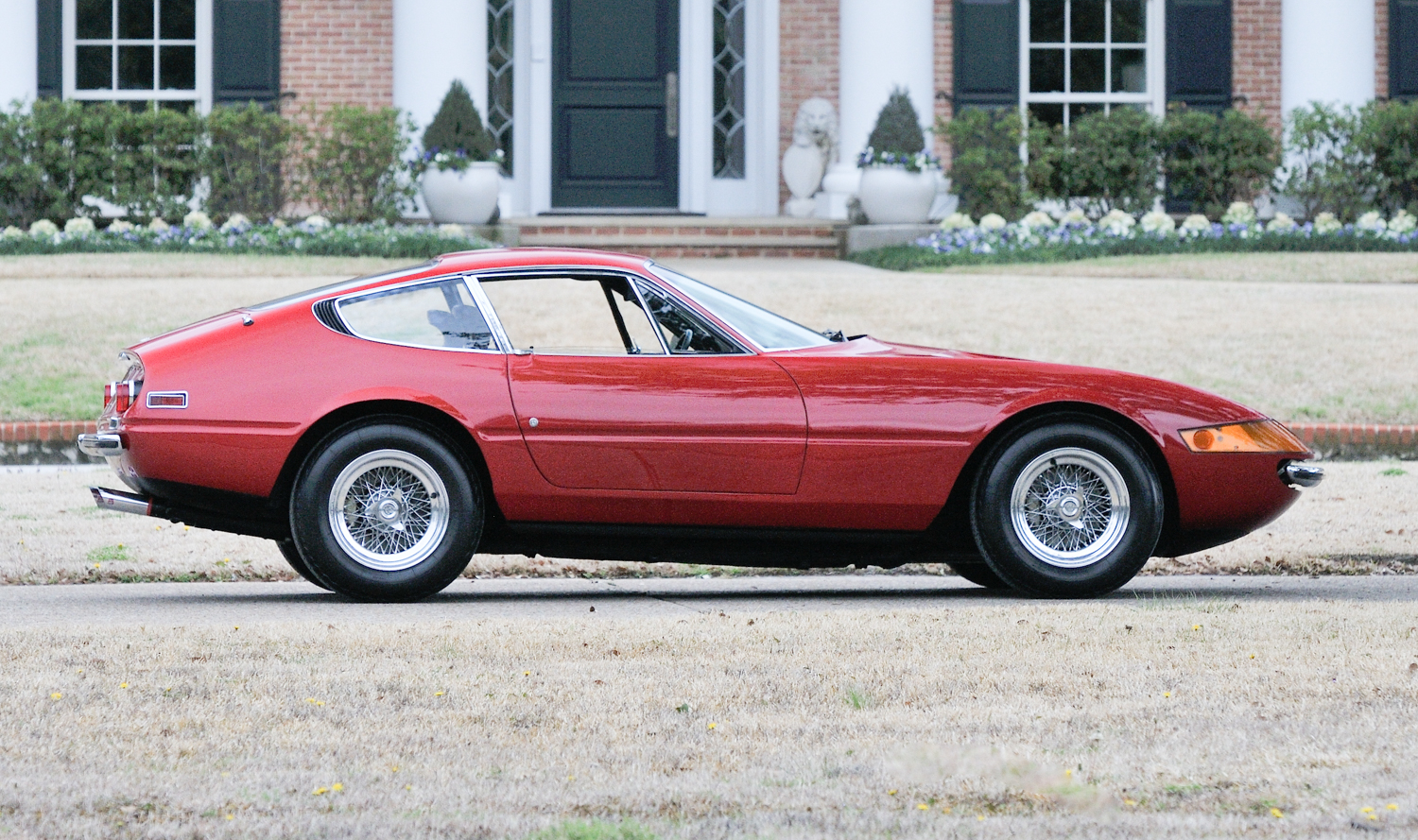
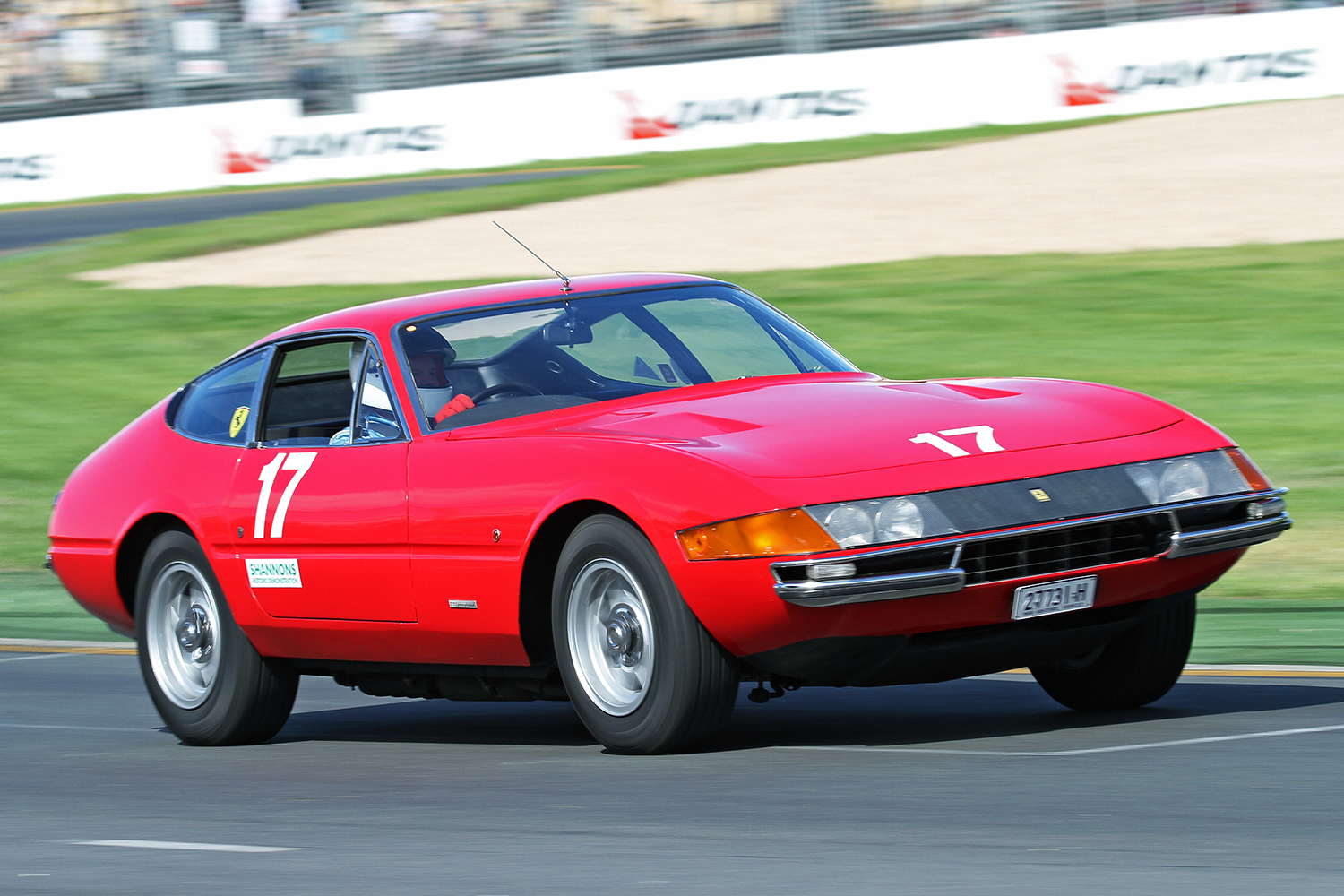
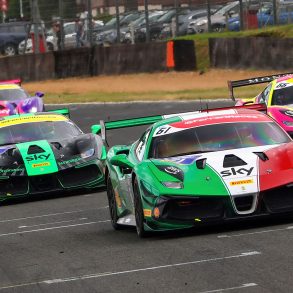
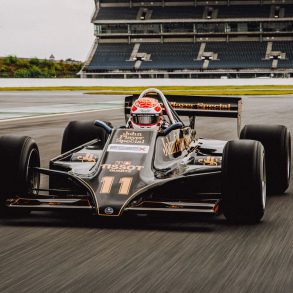
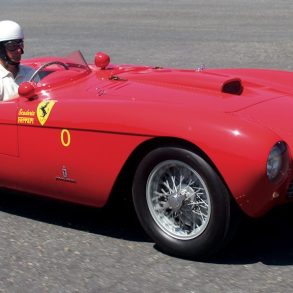
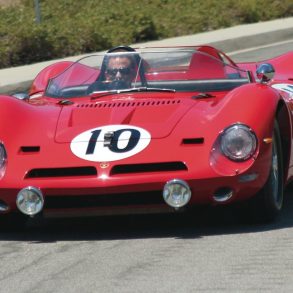
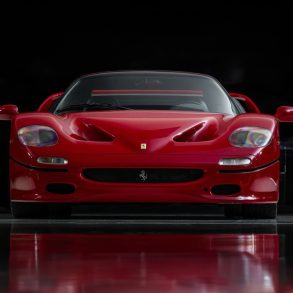
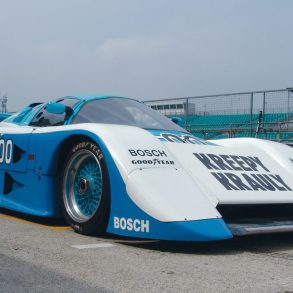

No one has ever been able to explain to me why the Daytona is the only Ferrari model to have the Prancing Horse emblem embossed in the amber sidelight in the headlight lens cluster. Anyone out there know why?